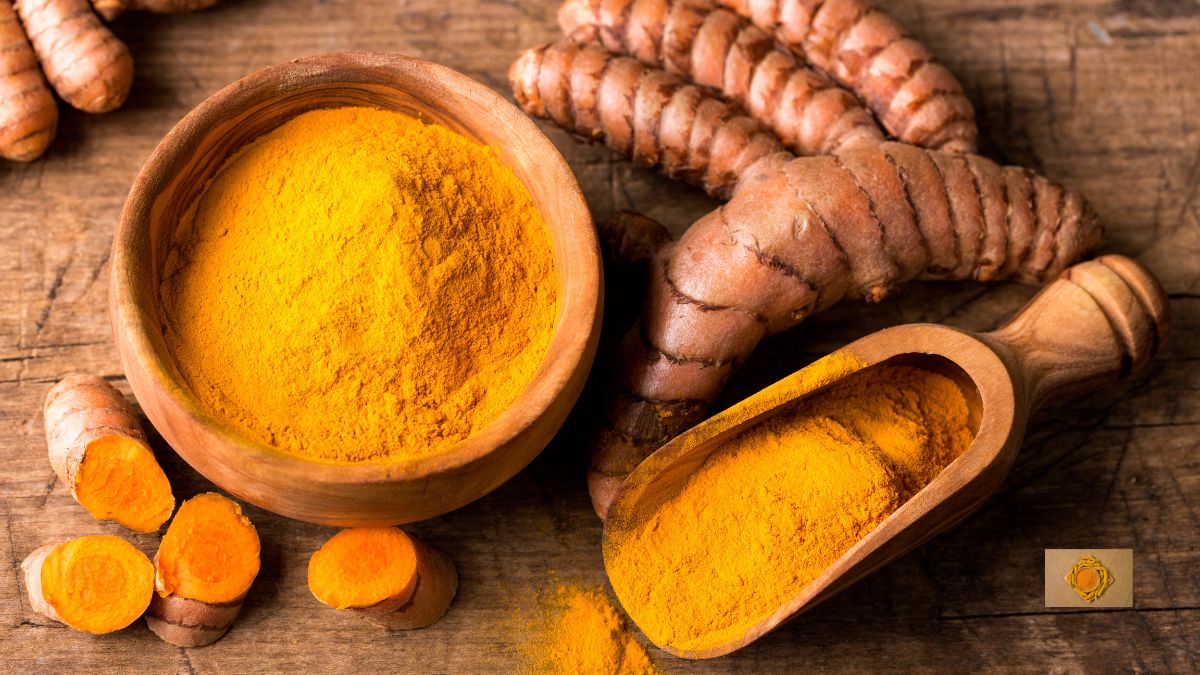New York: We’ve seen it in golden lattes, trendy skincare routines, and even bedtime teas. But what exactly is turmeric—and why is everyone from your yoga instructor to your grandma raving about it?
Turmeric is more than a kitchen spice—it’s a wellness powerhouse with ancient roots and modern-day relevance. From fighting inflammation to boosting your glow, it seems like turmeric is the golden key to better health. But as with anything herbal, there’s a line between “health halo” and reality. In this guide, we’ll break down exactly what turmeric is, how to use it, its proven benefits, and what side effects you should know before jumping on the turmeric train.
What Is Turmeric, Really?
Turmeric (pronounced TUR-muh-rik) is a bright yellow-orange root from the ginger family, most commonly used in Indian and Southeast Asian cuisine. You’ve probably seen it in curry powder or health supplements—but its star compound is curcumin, known for its antioxidant and anti-inflammatory properties.
In its powdered form, turmeric adds color and earthiness to food. In its fresh root form, it looks like a golden version of ginger. You can consume it as a tea, add it to smoothies, soups, or mix it into milk to make the now-famous golden milk.
Turmeric Benefits That Are Backed by Science
Let’s break down the real benefits of turmeric—and yes, many of them are legit:
1. Natural Anti-Inflammatory
Curcumin in turmeric helps reduce chronic inflammation, which is linked to diseases like arthritis, heart disease, and even Alzheimer’s.
2. Supports Joint Health
Turmeric is often used as a supplement to reduce joint pain and stiffness, especially in conditions like rheumatoid arthritis.
3. Aids Digestion
Turmeric can stimulate bile production, supporting better digestion and possibly relieving symptoms of bloating or indigestion.
4. Glowing Skin
Turmeric face masks are trending for a reason—it can help reduce acne, even out skin tone, and brighten dull skin thanks to its anti-inflammatory and antibacterial effects.
5. Brain and Mood Booster
Curcumin may increase brain-derived neurotrophic factor (BDNF), which supports cognitive function and emotional well-being.
6. Immune System Support
Many people turn to turmeric tea during cold and flu season. Its antioxidant properties help strengthen your immune defenses naturally.
How to Enjoy Turmeric Tea (Without Making It Taste Like Dirt)
Turmeric tea is a soothing way to enjoy this spice, especially before bed. Here’s a simple recipe to try:
DIY Turmeric Tea Recipe:
- 1 tsp turmeric powder
- ½ tsp cinnamon
- 1 pinch black pepper (helps absorption!)
- 1 cup hot water or warm almond milk
- Optional: honey or maple syrup to sweeten
- Mix and sip.
Bonus: It feels like a cozy hug for your gut.
What Are the Side Effects of Turmeric?
While turmeric is generally safe in food amounts, higher supplement doses or overuse can lead to side effects. Here’s what to keep in mind:
Possible Side Effects of Turmeric:
- Upset stomach or nausea in sensitive individuals
- Risk of iron absorption issues if taken in excess
- May interact with blood thinners or diabetes medications
- Can stain your teeth or skin if used topically without dilution
Pro tip: Always speak to your doctor before starting turmeric supplements—especially if you’re pregnant, breastfeeding, or on medication.
Turmeric Powder vs. Supplements: What’s Better?
If you’re new to turmeric, start with the real thing—turmeric powder in your meals, drinks, or even smoothies. It’s the most natural and bioavailable way to enjoy the benefits.
Supplements are helpful if you’re targeting a specific condition, like inflammation or joint pain, but they must be high-quality and taken under guidance.
What Is Turmeric Good For?
From boosting immunity and easing joint pain to adding glow to your skin and calm to your tea routine, turmeric is one of the few trends that lives up to the hype—if used wisely. Whether you’re stirring it into your latte or applying it as a face mask, turmeric can be a golden addition to your lifestyle.
But remember: More isn’t always better. A little turmeric can go a long way—especially when combined with mindfulness, movement, and balance.







